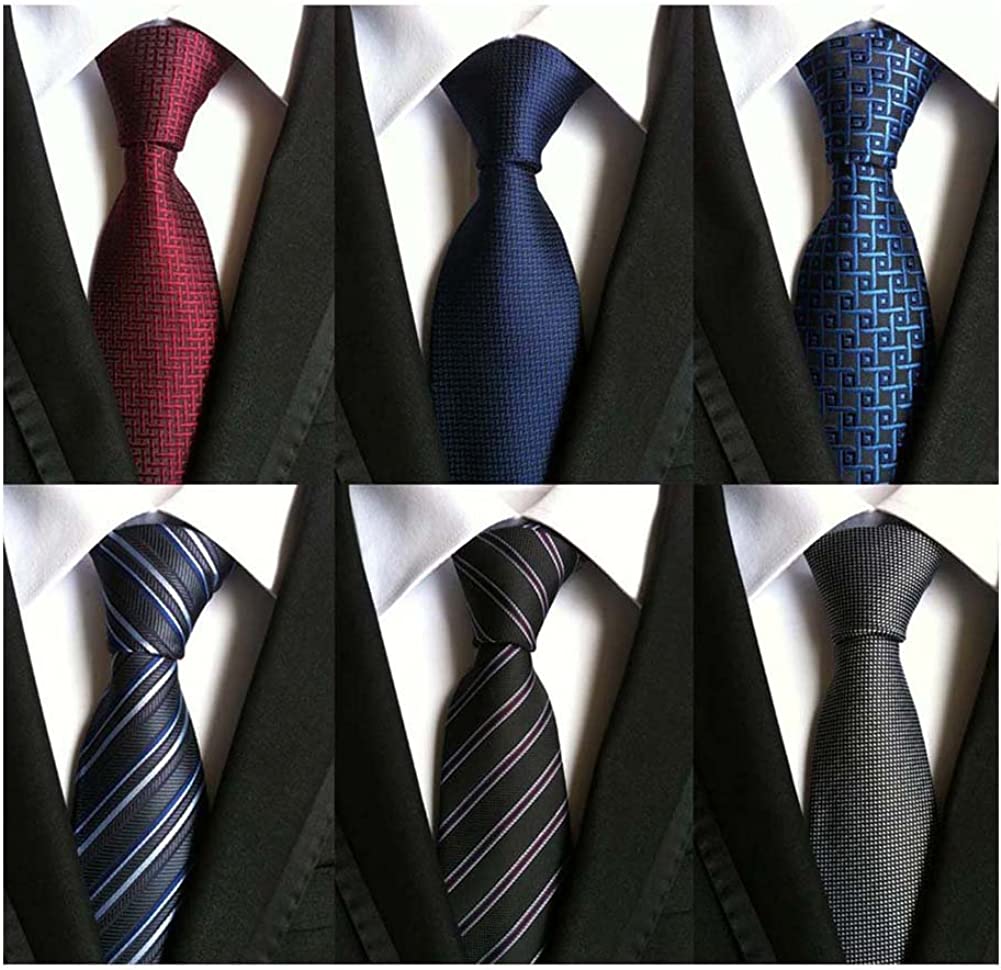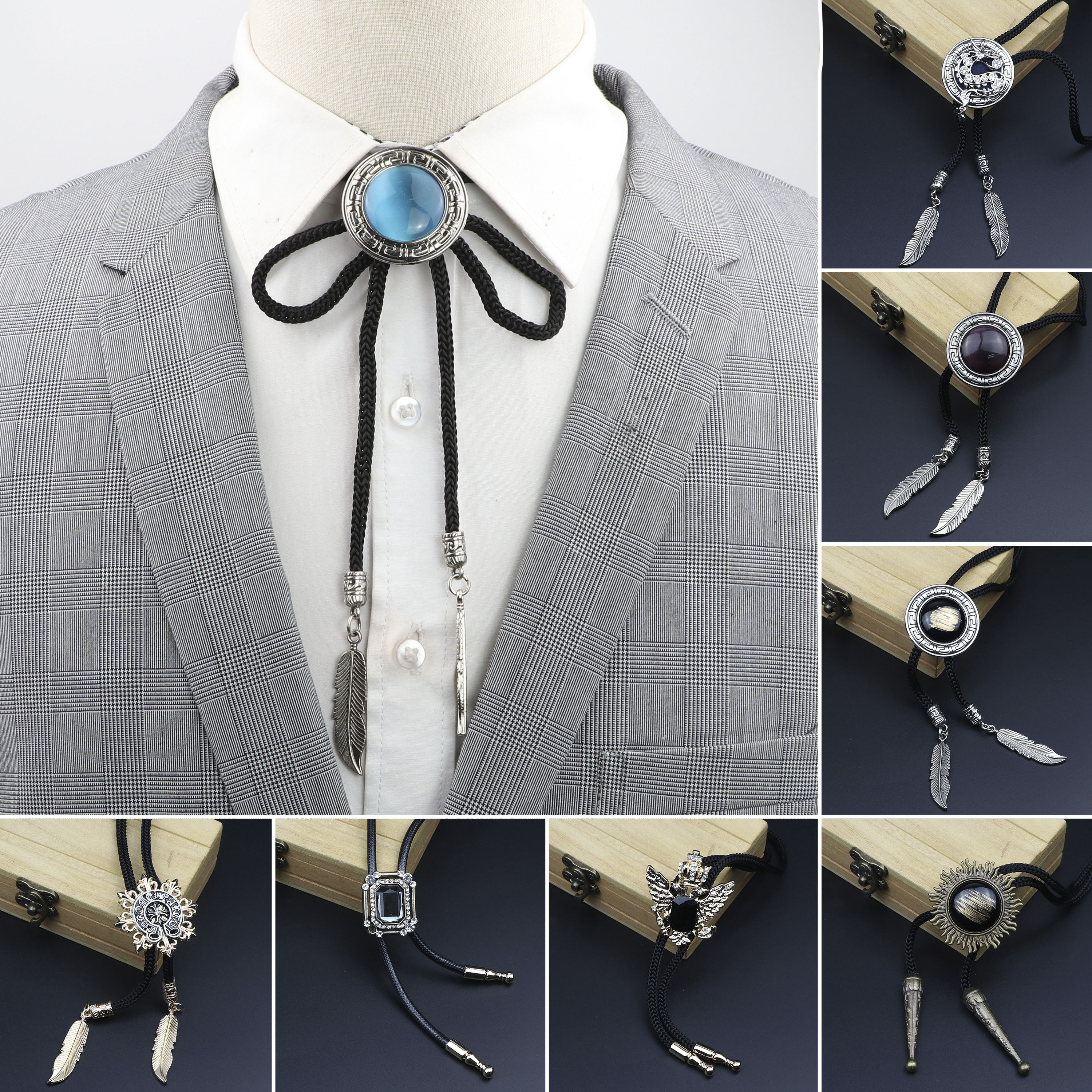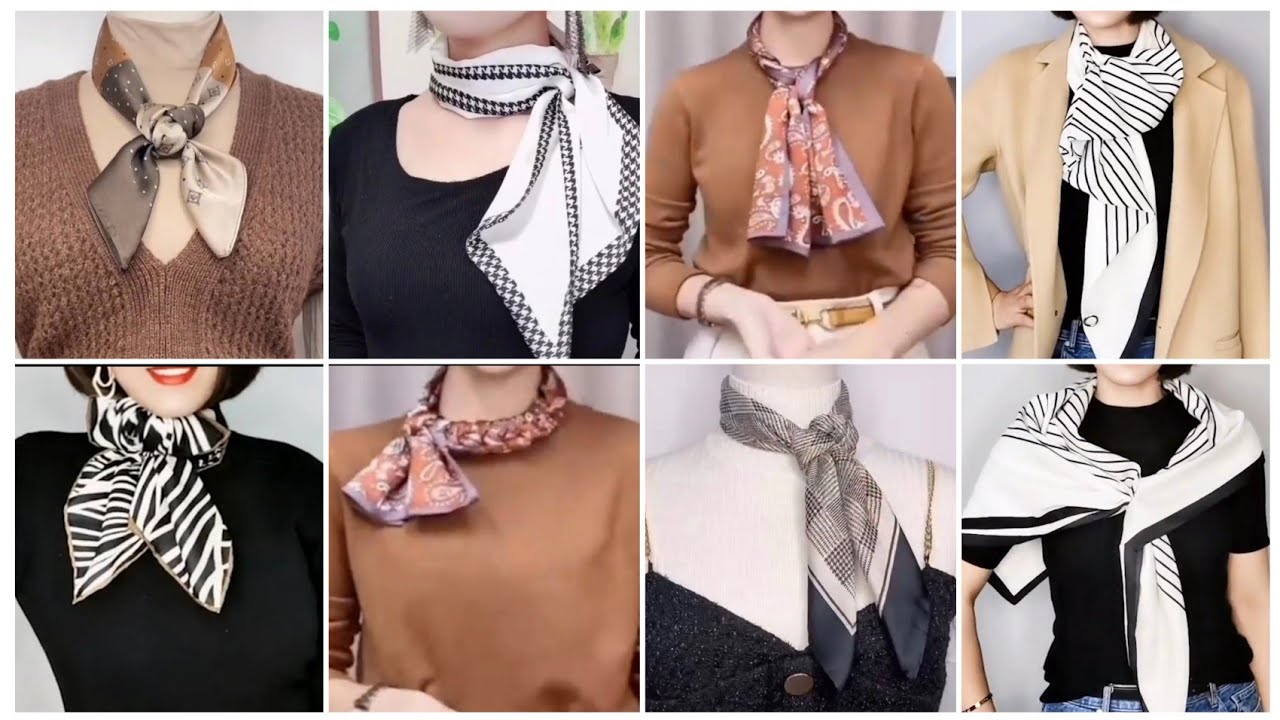My channels - Necktie

The bow tie /boʊ/ is a type of necktie. A modern bow tie is tied using a common shoelace knot, which is also called the bow knot for that reason. It consists of a ribbon of fabric tied around the collar of a shirt in a symmetrical manner, so that the two opposite ends form loops.
There are generally three types of bow ties: the pre-tied, the clip on, and the self tie. Pre-tied bow ties are ties in which the distinctive bow is sewn onto a band that goes around the neck and clips to secure. Some "clip-ons" dispense with the band altogether, instead clipping straight to the collar. The traditional bow tie, consisting of a strip of cloth which the wearer has to tie by hand, is also known as a "self-tie", "tie-it-yourself", or "freestyle" bow tie.
Bow ties may be made of any fabric material, but most are made from silk, polyester, cotton, or a mixture of fabrics. Some fabrics (e.g., wool or velvet) are much less common for bow ties than for ordinary four-in-hand neckties.

An ascot tie, ascot or hanker-tie is a neckband with wide pointed wings, traditionally made of pale grey patterned silk.[citation needed] This wide tie is usually patterned, folded over, and fastened with a tie pin or tie clip. It is usually reserved for formal wear with morning dress for daytime weddings and worn with a cutaway morning coat and striped grey formal trousers. This type of dress cravat is made of a thicker, woven type of silk similar to a modern tie and is traditionally either grey or black.[citation needed] A more casual form of ascot is in British English called a cravat, or sometimes as a day cravat to distinguish it from the formal ascot or dress cravat. The casual form is made from a thinner woven silk that is more comfortable when worn against the skin, often with ornate and colourful printed patterns.
The ascot is descended from the earlier type of cravat widespread in the early 19th century, most notably during the age of Beau Brummell, made of heavily starched linen and elaborately tied around the neck. Later in the 1880s, amongst the upper-middle-class in Europe men began to wear a more loosely tied version for formal daytime events with daytime full dress in frock coats or with morning coats. It remains a feature of morning dress for weddings today. The Royal Ascot race meeting at the Ascot Racecourse gave the ascot its name, although such dress cravats were no longer worn with morning dress at the Royal Ascot races by the Edwardian era. The ascot was still commonly worn for business with morning dress in the late 19th and very early 20th centuries.

A necktie, or simply a tie, is a piece of cloth worn for decorative purposes around the neck, resting under the shirt collar and knotted at the throat, and often draped down the chest.
Variants include the ascot, bow, bolo, zipper tie, cravat, and knit. The modern necktie, ascot, and bow tie are descended from the cravat. Neckties are generally unsized but may be available in a longer size. In some cultures, men and boys wear neckties as part of office attire or formal wear. Women wear them less often. Neckties can also be part of a uniform. Neckties are traditionally worn with the top shirt button fastened, and the tie knot resting between the collar points.


